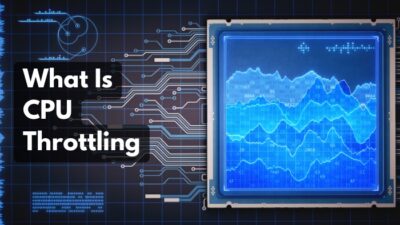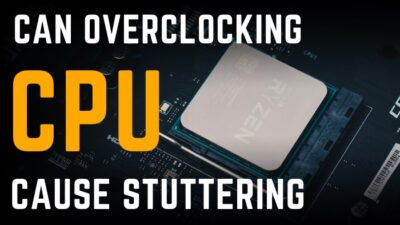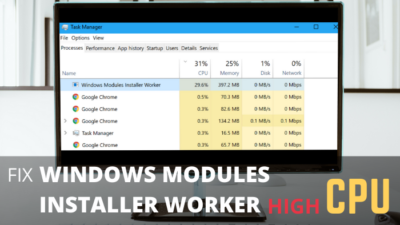If you buy a processor today, it is likely to have multiple cores. You may also see several threads specified on its packaging. But are cores and threads the same thing?
While you should always look to buy processors with more cores and threads, they are not exactly equal.
In this article, I will lay out the differences between them which will help you to make a better purchasing decision the next time you buy a processor.
So, let’s start.
What are CPU Cores?
CPU cores are the brain of your computer. It is where the processor carries out the task that you perform on your computer. Think of you scrolling this very webpage or playing back a Youtube video. In essence, all these tasks are carried out by the processor.
So, what do the tasks look like for a processor?
When you run a program, it is loaded to the memory where the task is broken down into simple instructions. These are simple mathematical or logical operations performed by the processor. They are now known as instructions which occupy a very small space on your RAM.
When the processor fetches and executes these instructions, they are carried out serially. For a single core processor, it can only carry out a single task at the same time. That’s why when you have multiple cores, there are more ways to execute the instructions, and hence the performance uplift. So basically a CPU can process a myriad of instructions.
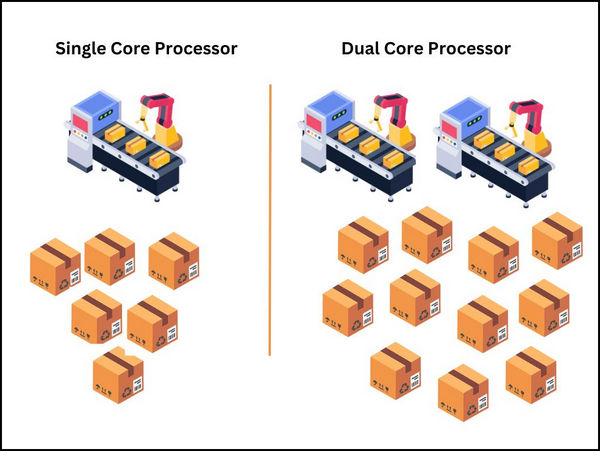
But that is not the end of it. Even before dual-core processors arrived, you could run two applications at the same time. That was achieved using Multithreading and Hyperthreading (by Intel). We will explore this concept in the next section.
What are Threads and Logical Processors?
A thread is a virtual core that a processor has that aids in the execution of instructions. Typically there are 2 CPU threads for each physical core. The Logical core is simply the total number of threads that a processor has.
A processor without threading can only accept a single instruction. When it has completed executing, it may wait while the next instruction is being fetched. This causes idle time in the processor. To eliminate this, a processor implements a thread.

This is just another pathway that accepts incoming instructions. It is also known as the Instruction stream.
The processor now processes a new instruction instead of waiting. Not only that, the processor can allocate its time to multiple instructions and save their result if they are not executed fully. This is basically multithreading in action.
Think of a single-core processor. Normally it would only process a single instruction at a time.
But with Multi-threading, the processor switches between tasks at fixed time intervals. The results of the executions are not lost but stored in the registers. The CPU still processes instructions one at a time but creates an illusion of multitasking.
More Cores or More Threads: Which is Important?
If you have more physical cores on your system, it will provide you with faster instruction execution. Because you have additional cores, the operating system can send more instructions.
The addition of threads increases the CPU performance, but that is up to 30%, depending on the tasks that you run.
This benchmark will give you a better idea of how much performance you can get from hyperthreading.
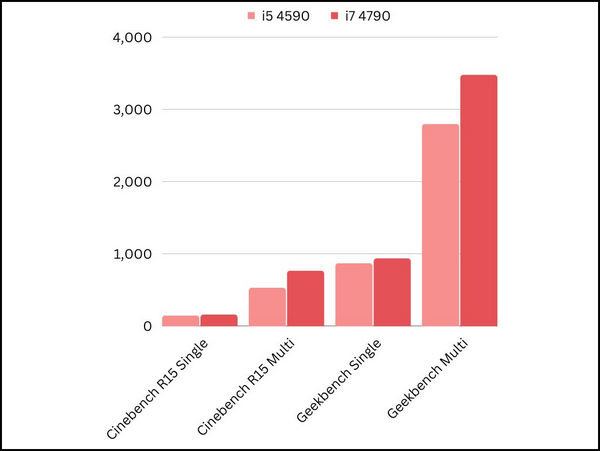
But threads are not as powerful as physical cores. In any setup, a physical core will always perform better than a virtual core. So a two-core/four-thread processor will always be slower than a four-core/ four-thread CPU.
Newer processors have increased the core and thread count, particularly in the Mid-Range and Flagship models. Intel’s Raptor Lake brought significant changes to the core count. For the i5 13400, they went from 6 cores and 12 threads to 10 cores and 16 threads.
As applications utilize more cores and threads you will see their numbers increase in the upcoming processors.
We explored how the number of cores can improve performance in a separate article. Do check that out.
Do you need Hyperthreading on your CPU?
Hyperthreading can help you if your applications utilize them.
Most of the time, the performance you get out of your system depends on the application you are running. Some tasks are optimized for taking advantage of multiple threads. Video Encoding and Rendering are good examples.
These tasks are parallelized by the operating system. As a result, the instructions are carried out randomly and these do not affect the final output. The video editing application can build the final file after numerous threads of instructions are executed.
As for single-threaded tasks, these instructions benefit from a faster single core. Photoshop is an application that performs very well on CPUs that have good single-core performance.
We have compiled a list of processors based on your workload. Do check this out before purchasing one.
Do all Processors Have Hyper-Threading?
No, not all processors are hyperthreaded. Entry-level processors are not hyperthreaded such as the Intel Celeron G6900 which has 2 cores/threads.
Earlier Intel used to create different tiers of processors by disabling hyperthreading on specific models. Intel i5 4590 had 4 cores and 4 threads. For Intel i5 4790, you could get 4 cores with 8 threads.
These days, barring the low-end models every processor comes with hyperthreading. Higher numbers of cores and threads separate each tier of CPUs.
Intel uses the term Hyper-threading while for AMD we have Simultaneous Multithreading (SMT). These are the same thing but named differently. You will mostly find 2 threads for each core in most models.
How to Check the Number of Cores and Logical Processors on your Computer
The Task Manager on Windows shows you the total cores/threads of your processor on your computer. On a Mac, the System Report will show you the detailed specification of your processor. For Linux Distros, the lscpu command will reveal the CPU details.
Check the Core/Thread count on Windows
The easiest way to view this is by going to Task Manager > Performance > CPU. Here you will additional information including the total process threads created by the operating system. For your reference, I have included a screenshot of my system.
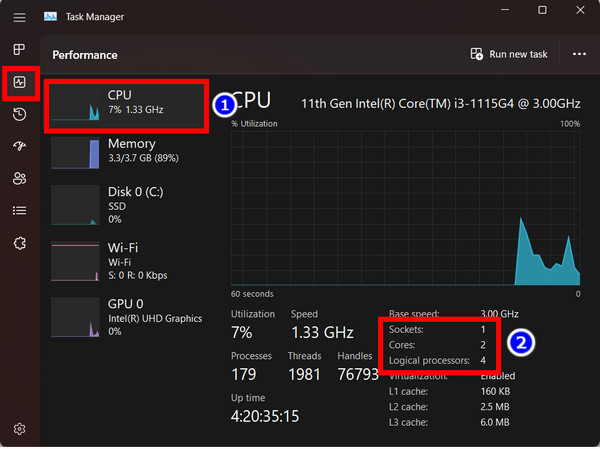
Apart from these, Windows has some great freeware that can show you even more advanced feature sets of your processor. CPU-Z, HWiNFO, etc. are some programs that you can use to easily check the number of threads your CPU has.
Check the Processor Cores/Threads On a Mac
Follow the steps to show the number of Cores/Threads on your Mac:
- Click on the Apple logo at the top and select About this Mac.
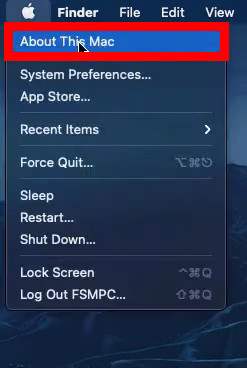
- Press on System Report.
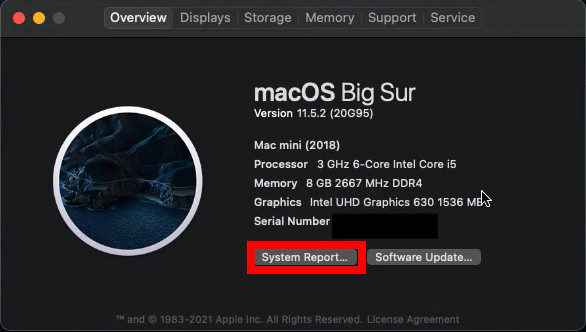
- Expand the Hardware tab. You will see the cores listed here.
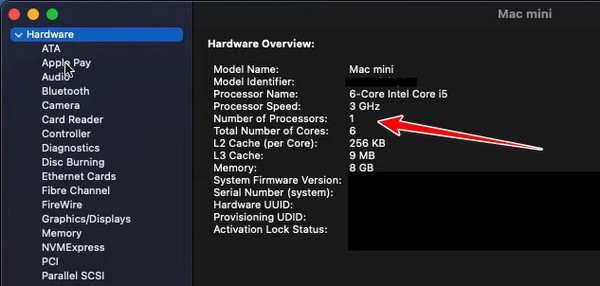
Check the Processor Cores/Threads On a Linux
You can get basic system information such as the CPU architecture on Linux. But for detailed information about your processor, you have to use the Terminal.
It has built-in tools that will show you a detailed report including the core and thread count. Here I am using the lscpu command on Terminal.
Follow the steps to view your processor’s information on Linux:
- Press Ctrl + Alt + T to open the Terminal.
- Type lscpu and press Enter.
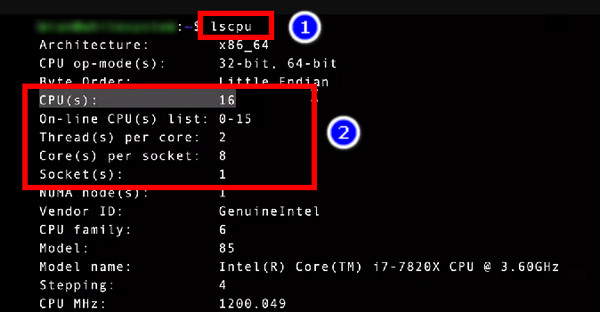
You will see the core count of your processor displayed on your screen.
We explore further how quad-core processor fares with a hexa-core processor. Surely check that out.
Frequently Asked Questions
Is logical cores and threads the same?
Logical cores are the total number of threads that a CPU has. Threads can refer to a separate instruction stream for the processor or the processes broken down into tiny bits of instructions.
Are more cores or threads better?
More cores will always result in better performance for your computer. If you compare threads directly to the cores, a physical core built into the processor will always be faster. Go for the maximum cores/threads in your budget when looking for a new processor.
Does 8 core mean 8 threads?
If the processor is not hyperthreaded, then your 8-core processor has 8 threads. But with hyperthreading support present, it will have 16 threads present.
Is 4 core 8 threads better than 6 core 6 threads?
The more cores and threads you have, the better CPU performance you get. In this scenario, if the workloads favor threads, you will fare better with the quad-core chip. But for single-threaded tasks, the 6-core processor will have an advantage.
Conclusion
This article covered most of the questions people ask when it comes to CPU cores and threads. And I think you will have an easy time selecting your next processor should the time come.
That’s all for today.
Do not forget to comment if you want to add anything here or have a question. Until then, it’s goodbye from us folks here.

